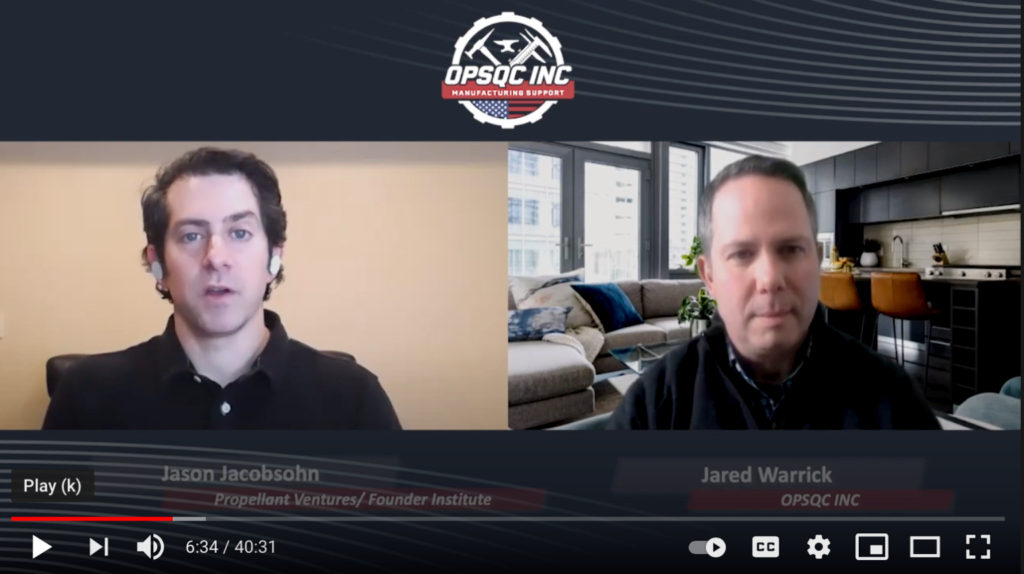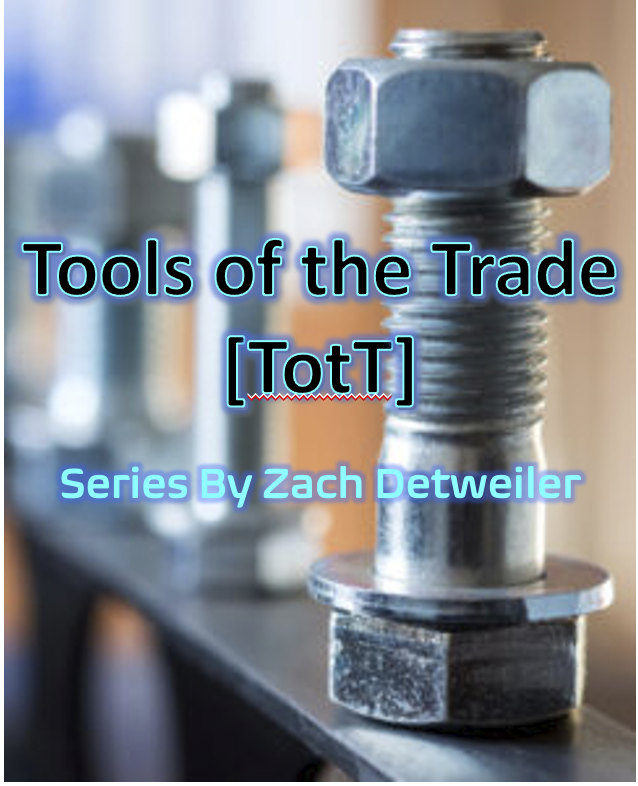Podcast_004: Jason Jacobsohn – Founder Propellant Ventures/ Founder Institute/ Adjunct Professor Depaul University
Join us as we interview Jason Jacobsohn of Propellant Ventures. Jason is in capital investment focusing on early stage healthcare, future work, supply chain, fintech, and edtech startups. Propellant Ventures is a seed and pre-seed stage VC firm. Jason relied heavily in face to face meetings, personal meetups, & networking with goal oriented business / individuals but had to quickly change due to the Covid19 pandemic. Propellant now focuses on virtual networking and envisions this is will be the future. Listen today to this great interview!








